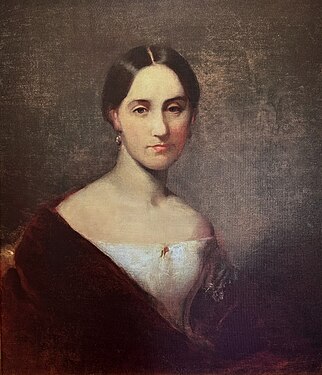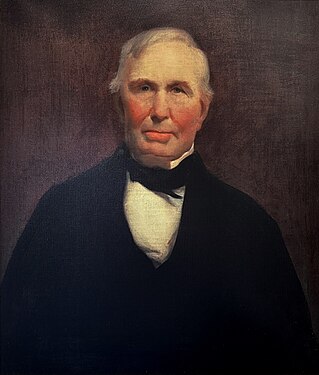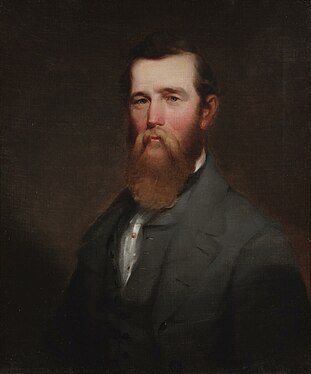
Winchester is the northwesternmost independent city in the Commonwealth of Virginia, United States. It is the county seat of Frederick County, although the two are separate jurisdictions. As of the 2020 census, the city's population was 28,120. It is the principal city of the Winchester metropolitan area extending into West Virginia, which is a part of the Washington–Baltimore combined statistical area. Winchester is home to Shenandoah University and the Museum of the Shenandoah Valley.

The Shenandoah Valley is a geographic valley and cultural region of western Virginia and the Eastern Panhandle of West Virginia in the United States. The valley is bounded to the east by the Blue Ridge Mountains, to the west by the eastern front of the Ridge-and-Valley Appalachians, to the north by the Potomac River and to the south by the James River. The cultural region covers a larger area that includes all of the valley plus the Virginia highlands to the west, and the Roanoke Valley to the south. It is physiographically located within the Ridge and Valley province and is a portion of the Great Appalachian Valley.

Visual art of the United States or American art is visual art made in the United States or by U.S. artists. Before colonization, there were many flourishing traditions of Native American art, and where the Spanish colonized Spanish Colonial architecture and the accompanying styles in other media were quickly in place. Early colonial art on the East Coast initially relied on artists from Europe, with John White the earliest example. In the late 18th and early 19th centuries, artists primarily painted portraits, and some landscapes in a style based mainly on English painting. Furniture-makers imitating English styles and similar craftsmen were also established in the major cities, but in the English colonies, locally made pottery remained resolutely utilitarian until the 19th century, with fancy products imported.

Gilbert Charles Stuart was an American painter from Rhode Island Colony who is widely considered one of America's foremost portraitists. His best-known work is an unfinished portrait of George Washington, begun in 1796, which is sometimes referred to as the Athenaeum Portrait. Stuart retained the portrait and used it to paint scores of copies that were commissioned by patrons in America and abroad. The image of George Washington featured in the painting has appeared on the United States one-dollar bill for more than a century and on various postage stamps of the 19th century and early 20th century.

Harry Flood Byrd Sr. was an American newspaper publisher, politician, and leader of the Democratic Party in Virginia for four decades as head of a political faction that became known as the Byrd Organization. Byrd served as Virginia's governor from 1926 until 1930, then represented the state as a U.S. senator from 1933 until 1965. He came to lead the conservative coalition in the Senate, and opposed President Franklin D. Roosevelt, largely blocking most liberal legislation after 1937. His son Harry Jr. succeeded him as U.S. senator, but ran as an Independent following the decline of the Byrd Organization.
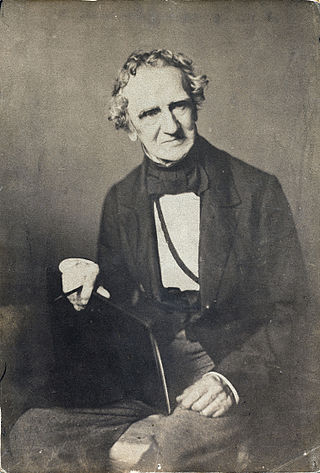
Thomas Sully was an American portrait painter in the United States. Born in Great Britain, he lived most of his life in Philadelphia, Pennsylvania. He painted in the style of Thomas Lawrence. His subjects included national political leaders such as United States presidents: Thomas Jefferson, John Quincy Adams, and Andrew Jackson, Revolutionary War hero General Marquis de Lafayette, and many leading musicians and composers. In addition to portraits of wealthy patrons, he painted landscapes and historical pieces such as the 1819 The Passage of the Delaware. His work was adapted for use on United States coinage.

Major Sir William Newenham Montague Orpen, was an Irish artist who worked mainly in London. Orpen was a fine draughtsman and a popular, commercially successful painter of portraits for the well-to-do in Edwardian society, though many of his most striking paintings are self-portraits.
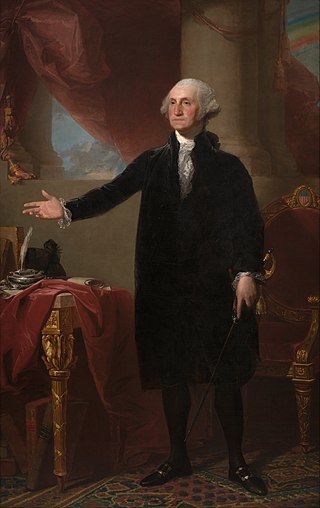
The Lansdowne portrait is an iconic life-size portrait of George Washington painted by Gilbert Stuart in 1796. It depicts the 64-year-old president of the United States during his final year in office. The portrait was a gift to former British Prime Minister William Petty, 1st Marquess of Lansdowne, and spent more than 170 years in England.
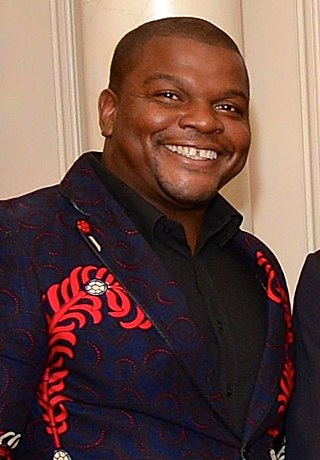
Kehinde Wiley is an American portrait painter based in New York City, who is known for his highly naturalistic paintings of Black people, frequently referencing the work of Old Master paintings. He was commissioned in 2017 to paint a portrait of former President Barack Obama for the Smithsonian National Portrait Gallery, which has portraits of all previous American presidents. The Columbus Museum of Art, which hosted an exhibition of his work in 2007, describes his work as follows: "Wiley has gained recent acclaim for his heroic portraits which address the image and status of young African-American men in contemporary culture."
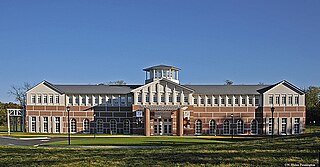
The Museum of the Shenandoah Valley is located at 901 Amherst Street, Winchester, Virginia. The Museum endeavours to preserve and enrich the cultural life and heritage of the Valley. Located on the largest green space in the city of Winchester, the MSV is a regional cultural center including a museum designed by Driehaus Prize winner Michael Graves, seven acres of formal gardens, and the Glen Burnie House dating to the 18th century.

The Stonewall Jackson's Headquarters Museum is a historic house located at 415 North Braddock Street in the Historic District of Winchester, Virginia.

William Dickinson Washington was an American painter and teacher of art. He is most famous for his painting The Burial of Latané, which became a symbol of the Lost Cause of the Confederacy in the years following the American Civil War, and for the work he did in establishing the fine arts program of the Virginia Military Institute.

Robert White was a distinguished early American military officer, lawyer, judge, and politician in the U.S. state of Virginia.
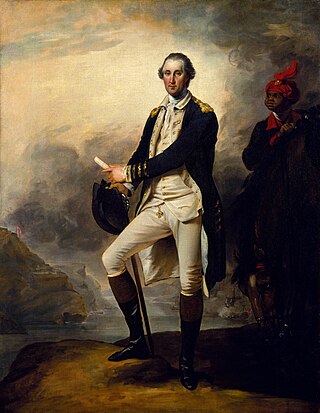
George Washington, also entitled George Washington and William Lee, is a full-length portrait in oil painted in 1780 by the American artist John Trumbull during the American Revolutionary War. General George Washington stands near his enslaved servant William Lee, overlooking the Hudson River in New York, with West Point and ships in the background. Trumbull, who once served as an aide-de-camp to Washington, painted the picture from memory while studying under Benjamin West in London. He finished it before his arrest for high treason in November. The portrait, measuring 36 in × 28 in, is on view in Gallery 753 at the Metropolitan Museum of Art in New York City. Originally in the possession of the de Neufville family of the Netherlands, it was bequeathed to the museum by Charles Allen Munn in 1924.

Andrei Kushnir is an American fine art painter. He is known for his landscapes, city views, and seascapes, but also has created genre, portraits and still life works. He is a resident of Maryland, with a studio in Washington, D.C.
Julian Wood Glass Jr. was a businessman, art collector, and philanthropist who created the Glen Burnie Gardens with R. Lee Taylor. He also ensured the preservation of Glen Burnie Historic House, now part of the Museum of the Shenandoah Valley. Glass Jr. was chairman and director of Panhandle Producing Co. of San Antonio, Texas; director of Pinto Well Servicing, Paladin Pipe Line Co., and Reliance Development Co., and president and director of North Star Petroleum Co.
R. Lee Taylor was the curator of the Museum of the Shenandoah Valley and a nationally known creator of miniature houses.

The Passage of the Delaware is a large, Neoclassical 1819 oil-on-canvas painting by Thomas Sully. With attention to historical accuracy, the painting depicts George Washington on horseback observing the troops of the American Revolutionary Army in the process of crossing the Delaware River prior to the surprise attack on Hessian troops on December 26, 1776, at the Battle of Trenton. The image is intended to capture the moment prior to George Washington dismounting his horse and joining his army in crossing the Delaware River.

Edward Arthur Fellowes Prynne (1854–1921) was a leading British late Pre-Raphaelite painter of portraits and subject pictures, who in later life became one of the country's best-known creators of decorative art for churches.
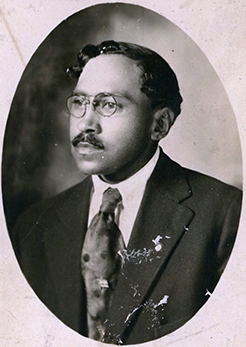
Charles Franklin Moss (1878-1961) was an African American photographer and painter born in Winchester, Virginia. Moss' mother was born into slavery and his father was a mason. He showed interest in art early in his life and attended Cooper Union and the Pennsylvania Academy of the Fine Arts. He was the first African American member of the Professional Photographers of America and reportedly designed the Flag of Pennsylvania. Moss spent most of his life in Pennsylvania and his works were later featured in exhibitions. He operated photography studios in Carlisle and Harrisburg, and a painting studio in Pittsburgh. He and his second wife, Sarah Virginia Townson, raised a family of twelve children.


